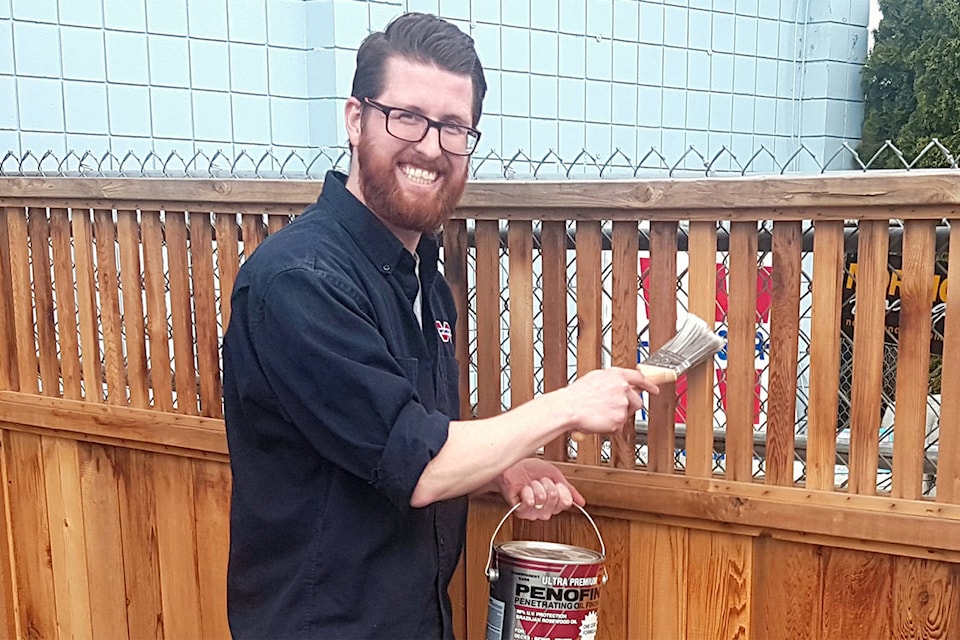Warm, dry days are made for being outdoors, and here on the Saanich Peninsula, there’s a good chance some of that time will be spent on the deck.
If like many homeowners you’ve embraced the beauty of wood for your decking material, you’ll also need to book some maintenance time. How frequent that maintenance will be needed depends on a few factors, including the materials you’ve selected and their location, explains Windsor Plywood Keating manager Joshua Farquharson.
“It’s not that one product is better than the other, it’s a matter of how much maintenance you want to do and the look you want to achieve,” Farquharson explains.
Here’s what you need to know:
How you maintain your deck depends first and foremost on what’s there now. Typically homeowners have three main options.
• An oil finish that sinks into the wood but doesn’t leave a film on the surface – Penofin is a typical product you might use for this, Farquharson says. This would likely need to be reapplied every second year in our climate.
• A varnish-type product such as Sico-Prolux (formerly Sikkens) lasts longer between re-finishing – typically about three years – but has a less natural appearance. “If you want a nice, shiny varnished look, you’ll need that kind of product. When it does fail, you’ll start to see cracking on the surface, and that will need to be sanded before the new coat is applied,” Farqharson says.
• LifeTime is a wood treatment that prematurely greys the wood, while preventing rot. While some will leave cedar to weather naturally in the mistaken belief that its natural oils protect it, it’s not a good idea. “You can get 20 or 30 years out of a finished cedar deck, but left unfinished, it’s about five years,” Farquharson says. With LifeTime you can get the best of both worlds.
If you don’t know what’s currently on the deck’s surface, it’s best to clean it then sand it down to the bare wood and start fresh, Farquharson says.
If you do know the existing finish, and you’re happy to re-apply the same product, a good clean surface is the best first step. Avoid pressure washing, which can break the wood fibres, but look to a product like 30 Second Cleaner to help get rid of mildew and dirt. From there, sand the surface as needed to prepare a clean, dry surface that will take the new treatment.
Before you decide which product is right for your location and our climate, it’s always best to talk to the experts, Farquharson says, pointing out that some brands that may be marketed here aren’t well-suited to a coastal climate. “We have a very specific climate with warm, wet winters and products that might work on the Prairies or in Eastern Canada simply don’t work here.”
